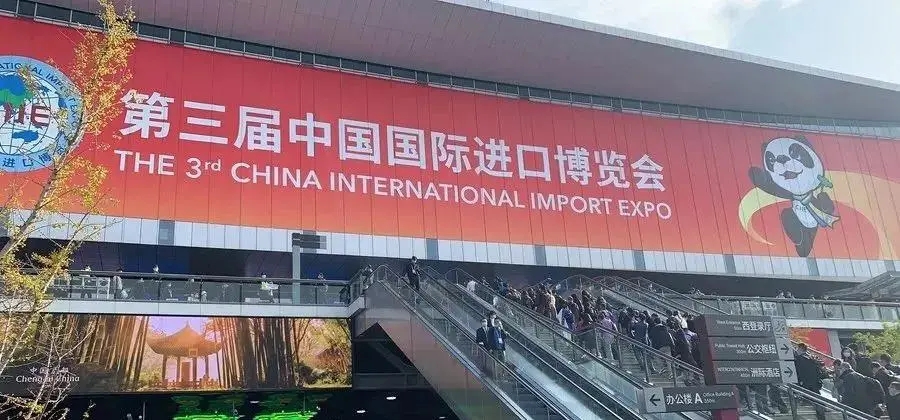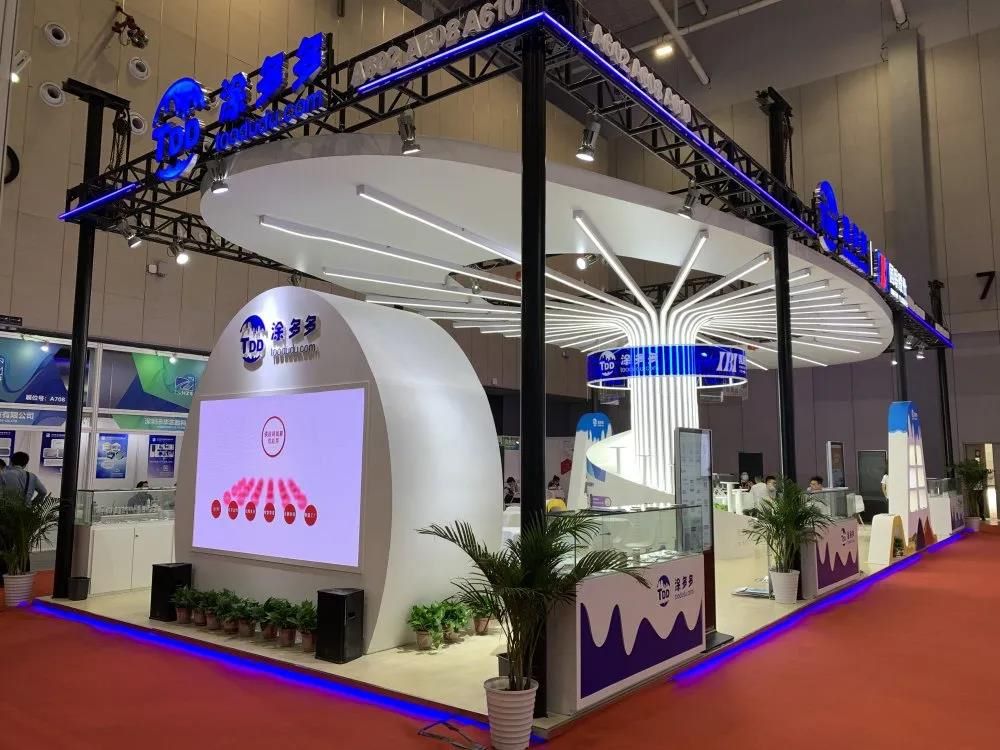Die Casting: Unrivaled Advantages
In the field of modern manufacturing, die casting has become an ideal choice for producing a variety of strong and high-quality metal parts due to its excellent performance and significant advantages. Its unique process characteristics not only bring a qualitative leap in production efficiency, but also show strong competitiveness in product quality and cost control.
The die casting process has a fast cycle time, which makes it an efficient production process. Unlike traditional casting methods, in the die casting process, the metal can remain liquid between castings and does not need to be re-melted each time.
This feature greatly shortens the production cycle and improves production efficiency. Taking the production of automotive parts as an example, traditional casting methods may take hours to complete the casting of a batch of parts, while the die casting process, with its fast cycle time, can complete the production of a large number of parts in a short time.
In some large-scale automobile manufacturing companies, die casting machines can complete one or even multiple die casting operations per minute, which greatly increases the production speed of automobile parts and meets the automotive manufacturing industry's demand for rapid supply of parts.
The die casting process can achieve high-volume production. Experienced manufacturers, such as Essentra, have superb technology and rich experience to cleverly set up production processes and manufacture precise parts. The precision of these parts can be achieved within strict tolerances, ensuring the stability and consistency of product quality.
This advantage of die casting is particularly important for industries such as aerospace that require extremely high precision of parts. Many key parts in aircraft engines, such as turbine blades and casings, require extremely high precision to ensure engine performance and safety.
Through the die casting process, manufacturers are able to produce parts that meet strict standards and meet the demand for high-quality parts in the aerospace field. At the same time, high-volume production also makes large-scale production possible, reducing the production cost of individual parts and improving the economic benefits of the enterprise.
The parts produced by the die casting process have good surface finish. This feature means that die casting parts do not require additional finishing operations such as grinding or polishing in most cases. The parts produced by traditional casting methods often have a rough surface and require a lot of subsequent processing to meet the use requirements, which not only increases production costs, but also prolongs the production cycle.
The parts produced by the die casting process have a smooth and flat surface, which can directly meet the use requirements of the product. For example, in the production of electronic equipment housings, the housings produced by the die-casting process have a high surface finish and can be directly assembled without additional surface treatment, which greatly improves production efficiency and reduces production costs.
In addition, die-cast parts will not shrink in size during the entire production process, which is a significant advantage over some metal injection molded parts.
Dimensional stability is essential for the production of many precision parts, especially in the fields of machinery manufacturing and medical equipment. In machinery manufacturing, the dimensional accuracy of parts directly affects the assembly accuracy and operating performance of mechanical equipment.
If the parts shrink in size during the production process, it will cause assembly difficulties and even affect the normal operation of mechanical equipment. The die-casting process can ensure the dimensional stability of the parts, so that the produced parts can be accurately matched, improving the overall performance and reliability of the mechanical equipment.
In the field of medical devices, the dimensional accuracy requirements for parts are more stringent. The non-shrinkage characteristics of the die-casting process can ensure the high precision of medical device parts and provide a strong guarantee for the health and safety of patients.
The die-casting process also has a wide range of material adaptability. It can be produced using a variety of metal materials, such as aluminum alloys, zinc alloys, magnesium alloys, etc. Different metal materials have different performance characteristics. By selecting the right materials, the die-casting process can meet various application requirements.
Aluminum alloy has the advantages of light weight, high strength, and corrosion resistance, and is suitable for the production of parts in the fields of automobiles, aerospace, etc.; zinc alloy has good casting performance and mechanical properties, and is often used to manufacture various precision parts and decorative parts; magnesium alloy has the characteristics of low density and high specific strength, and has broad application prospects in electronic equipment, automobiles and other fields.
The die-casting process has a long mold service life. High-quality die-casting molds are reasonably designed and manufactured to withstand a large number of die-casting cycles, reducing the frequency of mold replacement. This not only reduces the mold cost, but also improves the continuity and stability of production.
At the same time, with the continuous advancement of mold manufacturing technology, the precision and quality of die-casting molds are also constantly improving, further improving the production efficiency and product quality of the die-casting process.











